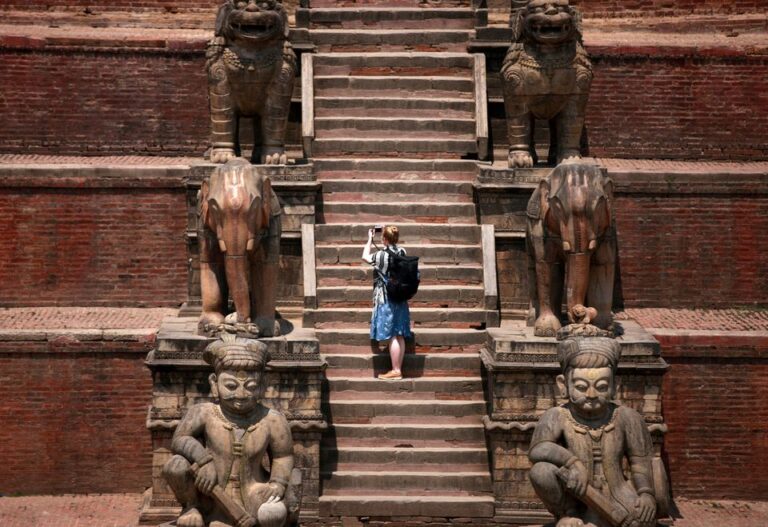
KATHMANDU, (Reuters) – Rising food and energy prices pushed Nepal’s annual inflation to a near six-year high in the month ending mid-April, just as the economy was beginning to recover lost tourist dollars from the coronavirus pandemic.
Annual consumer price based inflation rose to 7.28% year-on-year from 7.14% the previous month, and from 3.10% a year earlier, data released by Nepal Rastra Bank showed.
Edible oil prices rose 28.36% followed by an 11.56% hike in prices of milk products, eggs and pulses from a year earlier – more than doubling food inflation to 7.4% within a year, data showed.
Nepal, landlocked between China and India, has banned luxury goods imports until mid-July and switched to a two-day weekend to cut fuel consumption amid dwindling forex reserves.
“Inflation is partly driven by global factors,” said Prakash Kumar Shrestha, head of the NRB’s Economic Research Department, adding that maintaining foreign reserves was a “challenge”.
Forex reserves fell 18.2% to $9.61 billion as of mid-April from mid-July, enough to cover imports for about six months, NRB said in a statement, citing a rise in imports to near $12 billion in the first nine months of the year ending mid-July.
The rupee has depreciated by over 2% against the dollar since mid-July 2021, making imports costlier.
Inflation is a big headache for Prime Minister Sher Bahadur Deuba’s government which faces a national election by the end of the year.
Sky-high prices for crude oil, coal and edible oils in the wake of Russia’s invasion of Ukraine have battered the economy which had gradually been recovering from the loss of tourist dollars during the pandemic.
“The cost of food items like rice, fruit, vegetables and cooking oil have spiked tremendously in recent months,” said worker Saila Tamang in Kathmandu. “This has made living for common people very difficult.”






